What is SaaS?
If you're just beginning to research the idea of SaaS, this is the place to understand what SaaS can accomplish for you, how it works and differs, what are the main examples and what the future holds for SaaS development.
The contrast between product design and UX design is widely debated given the wide variety of design positions that are presently available. One might think that these two terms are similar or even the same, however, each is unique and has a specific role and focus area during the product development process. Keep reading to know more about those design specialties and what it takes to become one of them.
Any user engagement with a product or service is referred to as user experience, or simply UX design. It takes into account every aspect of the user’s experience, including how it makes them feel and how simple it is for them to do the activities they want to complete.
This might include everything from how a tangible item feels in your hands to how simple the internet checkout procedure is.
Visual designers, interface designers, and information architects are terms frequently used to refer to UI/UX designers. To optimize usability, they are in charge of how a web page or application appears and feels. They seek to produce the best user experience possible, by making a product more approachable, effective, relevant, and generally enjoyable.
UX designers make sure the product meets users’ demands in practice as they prioritize overall users` engagement and enjoyment. The UX designers are in charge of:
Product design is an integrated method for creating a product from start to finish. It includes all facets of a product, such as its appearance, tactile quality, utility, etc. A product designer creates patches for any issues that may come up throughout the original development phase. A product designer can perform the following:
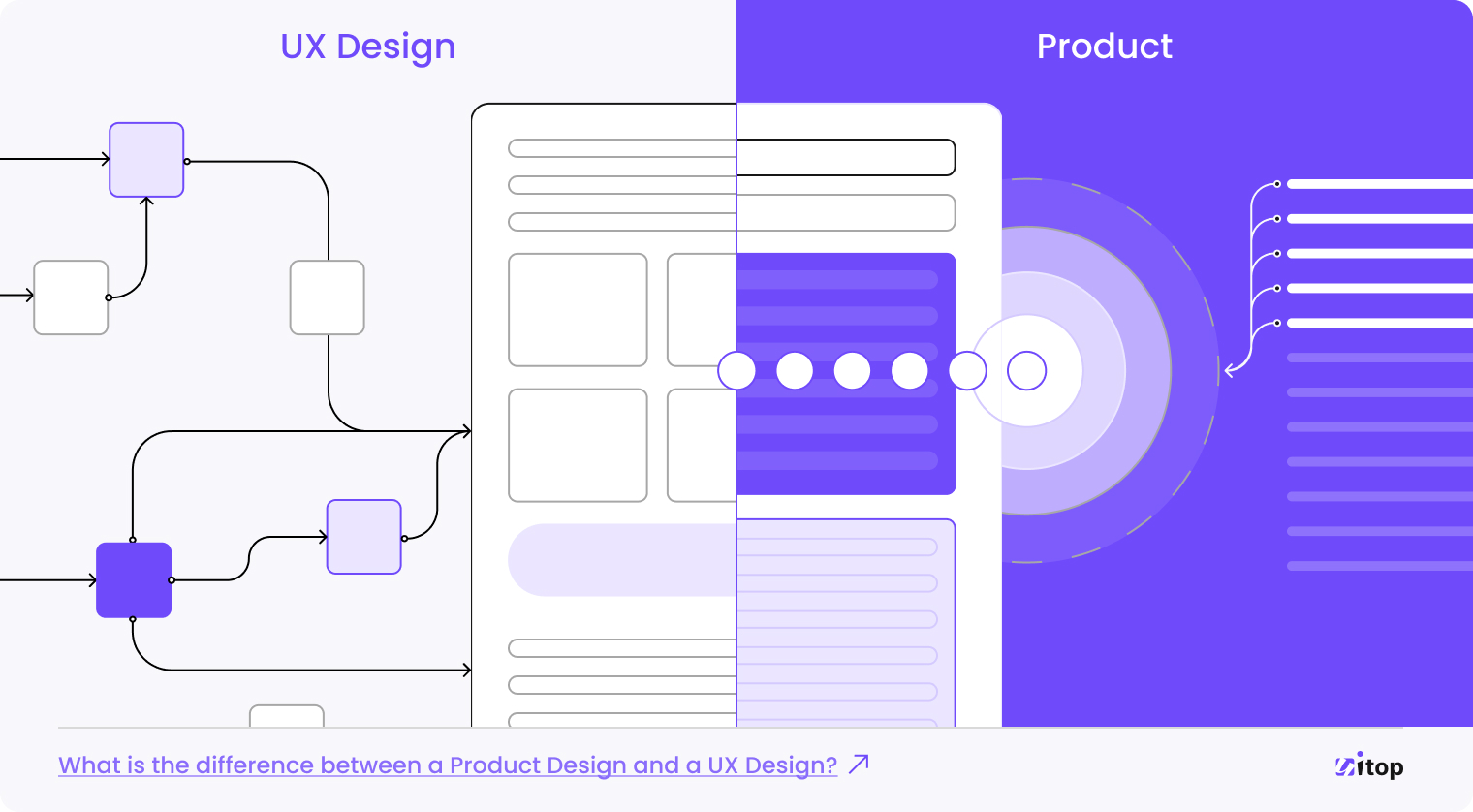
Despite having many practical similarities (which we will discuss later), UX design and product design are very different, especially in their areas of specialization. In contrast, a product designer usually takes a more broad approach and incorporates more features, while a UX designer concentrates on the particular characteristics of product utilization.
Talents always matter, especially in the sphere of design, however, both UX design and product design, need employees to have certain skill sets, which of course vary in these specialties. Let`s have a closer look.
Abilities needed for a product designer position:
Typical criteria for a UX designer:
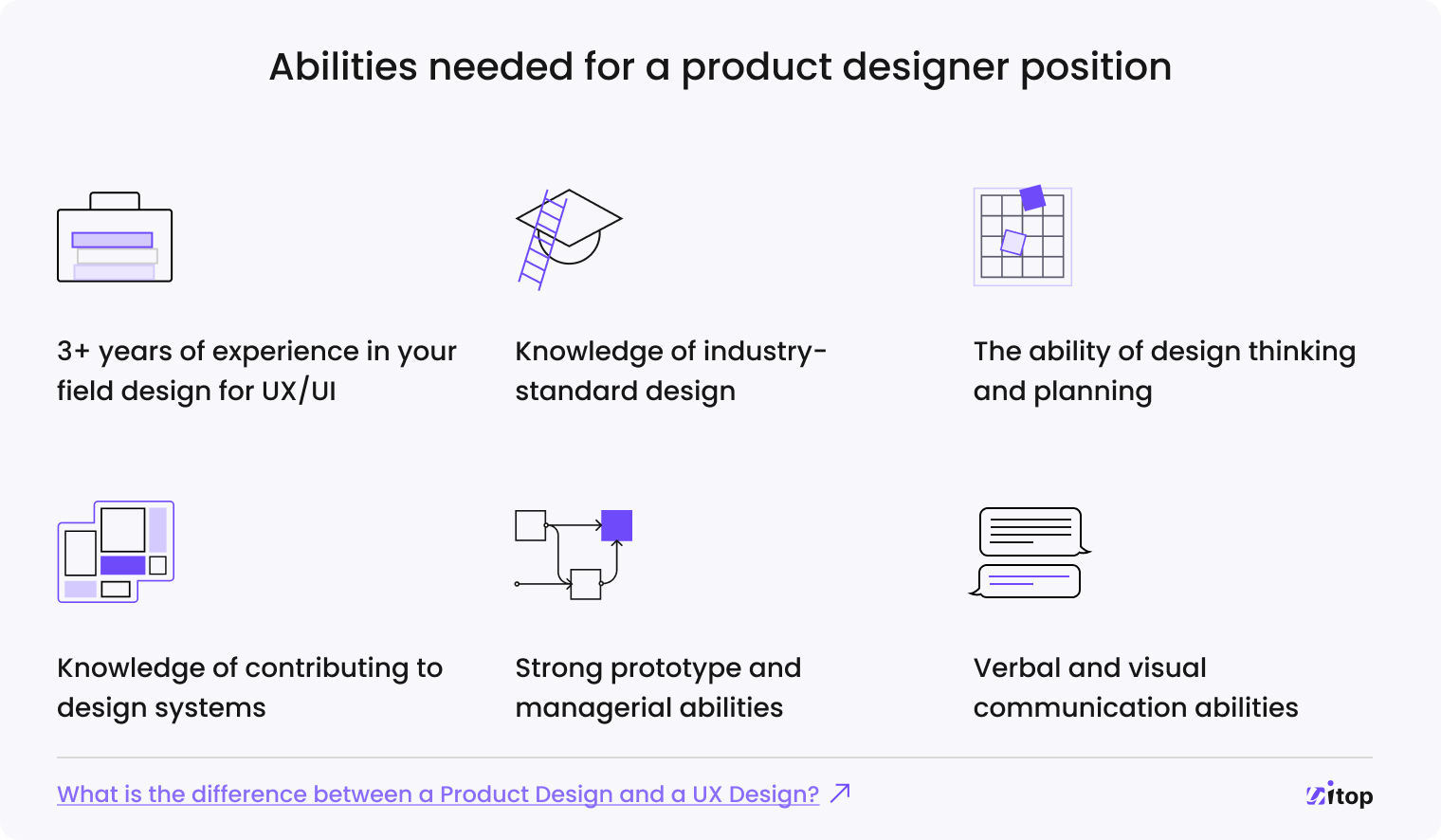
Both have an overall role of solving problems for customers and creating products that meet a need or provide enjoyment, but product designers might be more focused on certain design methods, such as interface/visual design, whereas UX designers might be focused on other methods like behavioral psychology or customer research and analytics.
While UI/UX designers must blend these elements with site structure and user behavior to make sure that all three are functioning cohesively, product designers are primarily concerned with how something functions and appears.
UI/UX designers are often more analytical, but product designers tend to lean toward being creative problem-solvers that don’t hesitate to use the coding process. The two positions also have different outlooks.
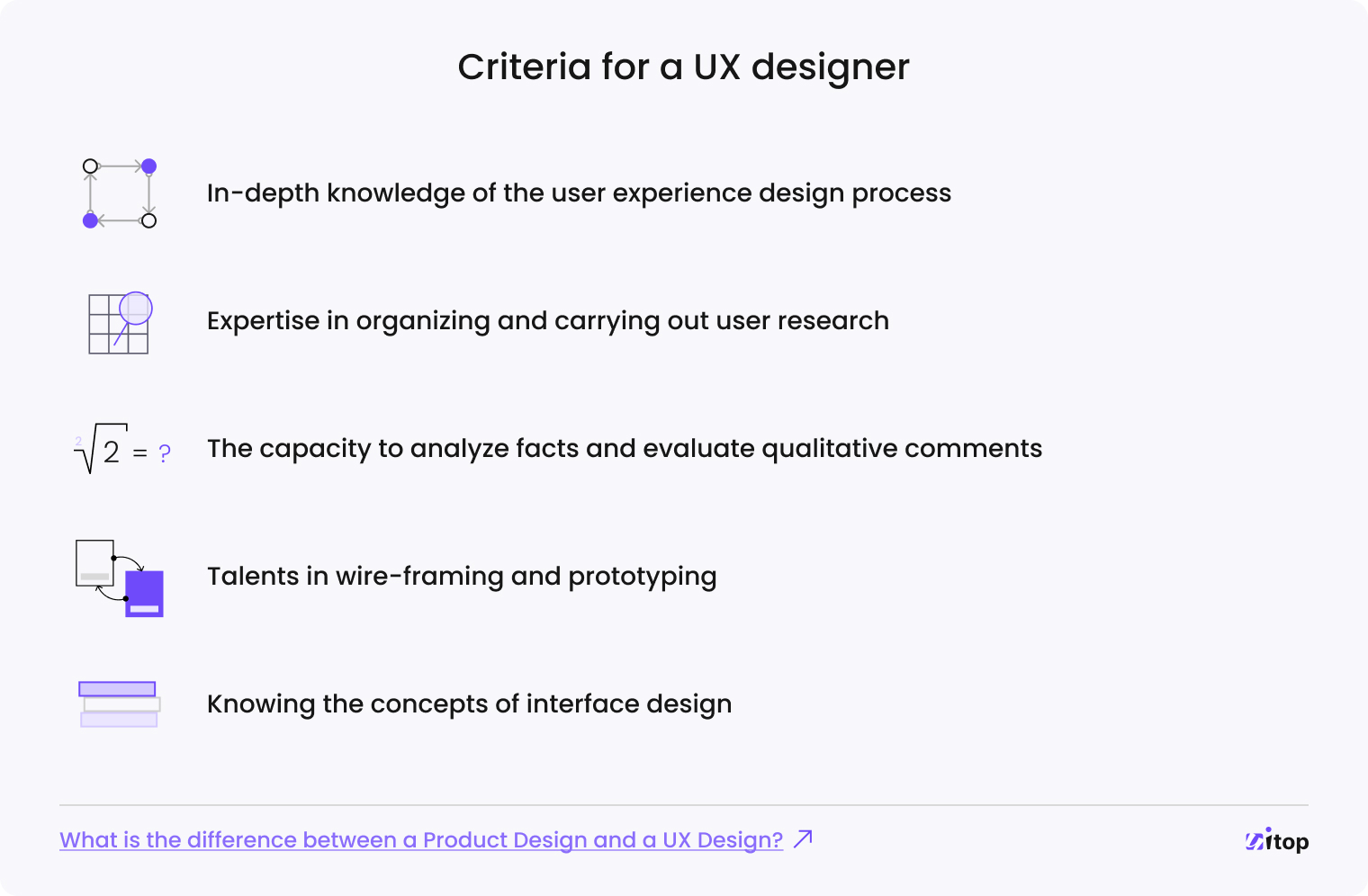
User experience designers make different amounts of money based on their location, sector, and years of experience. As a Junior UX Designer in the United States, you could expect to make between $50k and $70k per year, according to Glassdoor’s statistics.
Product Designer salaries in the United States generally range from $50k to $128k, depending on expertise and industry.
You could have already seen some clear parallels between the two jobs based on the aforementioned criteria. To begin with, both designers will use the design thinking process and have a human-centered perspective when creating designs. Both have a component of market research in their jobs.
Along with these shared characteristics, it’s usual for UX designers and product designers to work using the same design tools. Both designers frequently employ wireframe software like Balsamiq and Sketch.
Designers of goods and user experiences may make fantastic things. Knowing when to employ one over another is crucial, though. Even if there is some overlap, each function has its distinct duties. Designers who learn both disciplines may provide their clients with greater value and generate better work.
You should think about your emphasis when deciding whether to hire a UX/UI designer or a product designer.
For instance, some users of a certain software just care about its capability, disregarding the design and presentation. On the other side, developers may also prioritize producing an app with an attractive design and distinctive aesthetics.
However, the key thing is that to optimize results, you must constantly update and enhance your offering. We advise setting up your company in the best possible way by hiring individuals who are skilled at using the product and at UI and UX to find areas for improvement and play to your strengths.
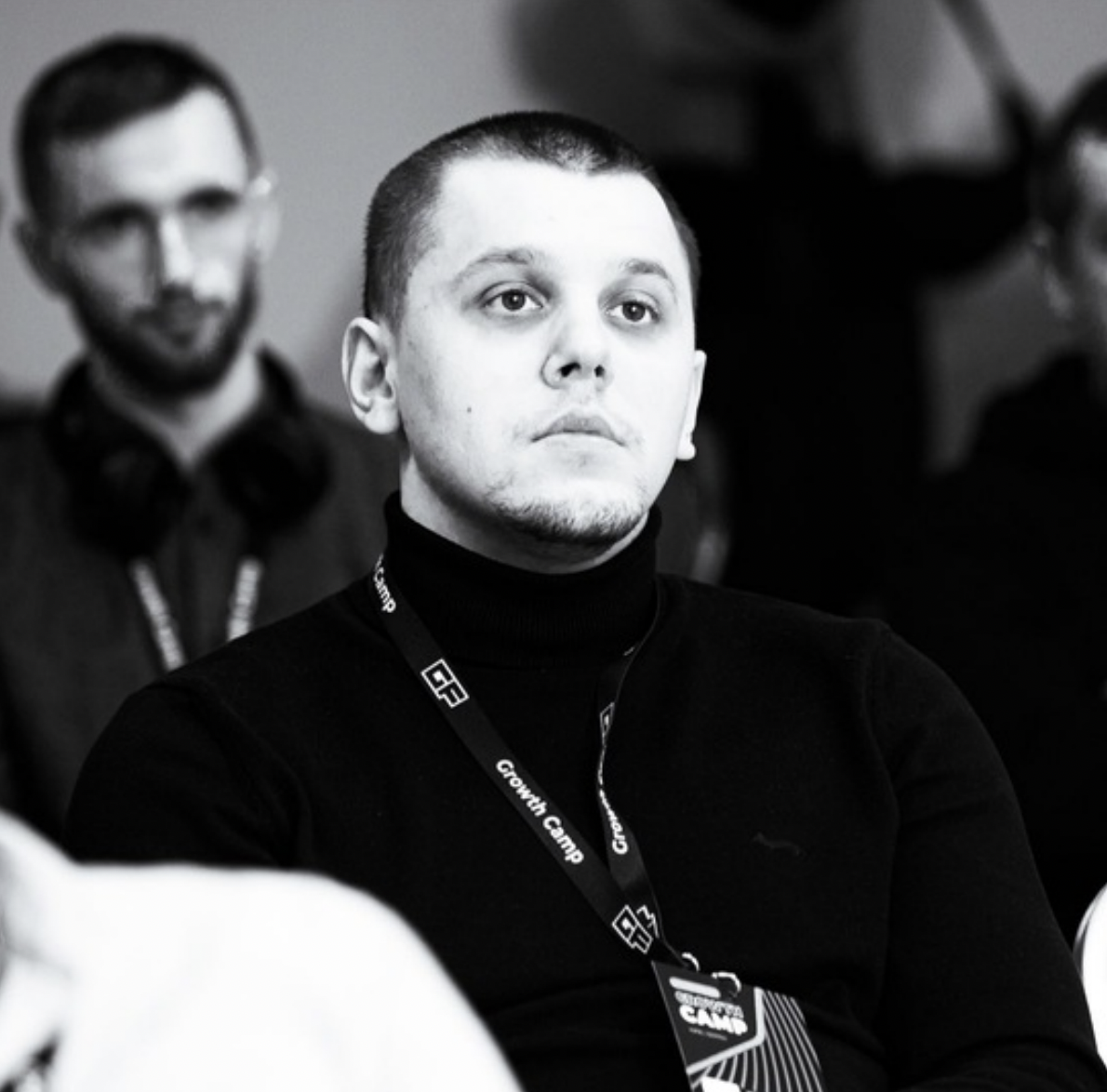
User requirements and experience are at the core of UX design, which provides answers to issues like:
In addition to considering the company’s long-term objectives, product design is focused on how well the customer engages with the product. It responds to issues like:
The phrases “user experience” (UX) and “user interface” (UI) are among the most incorrectly utilized in our industry.
UX comes first in an excellent product experience, then UI. The success of the product depends on both.
A UX strategy is a thorough plan for how to keep a user’s interaction with a brand consistent with the company’s overarching goals and objectives. A UX strategy can make it possible for an organization to realize its vision for the customer experience while adhering to established corporate policies.
You may also be interested
What is SaaS?
If you're just beginning to research the idea of SaaS, this is the place to understand what SaaS can accomplish for you, how it works and differs, what are the main examples and what the future holds for SaaS development.
Human-Centered Design
Proving your concept, and developing an effective value proposition are all necessary for starting a successful business. Bring potential clients into the process and use human-centered design as you go through these phases to make sure you’re on the right track and create goods and services the market will adopt and appreciate. What is human-centered […]
Let’s discuss your product needs
“They took extra time to ensure that our frontend developer could easily implement the wireframes.”
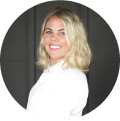

Your Project Starts Here!
Our processes with your needs in mind drives any SaaS product growth. Let’s see how our approach aligns with your vision.
Let’s discuss your design challenges
Please leave your email so we can contact you

Tell us a little more about your product so we can estimate it
We'll help you make the right choice!
Leave your email to receive regular updates to your inbox